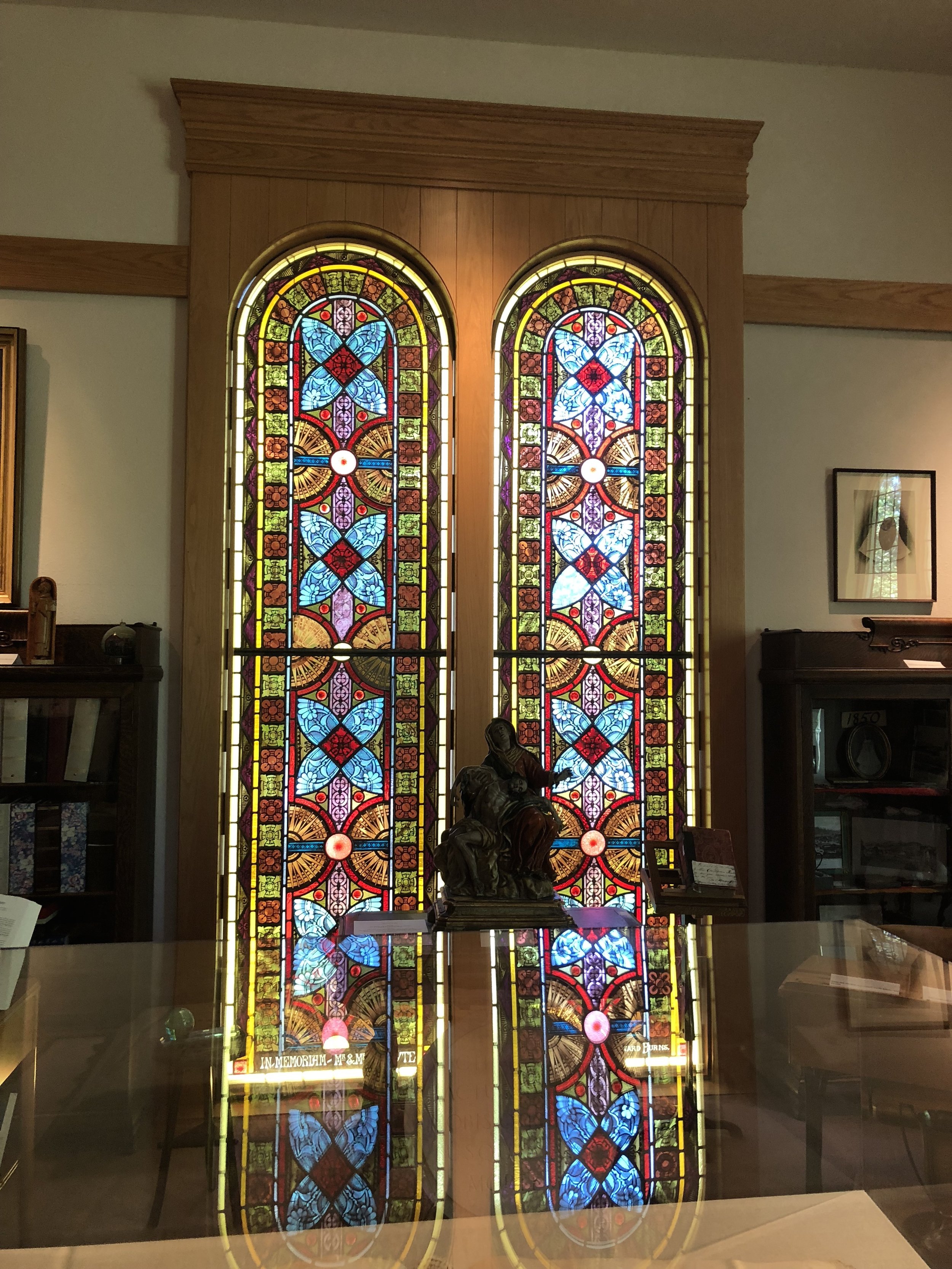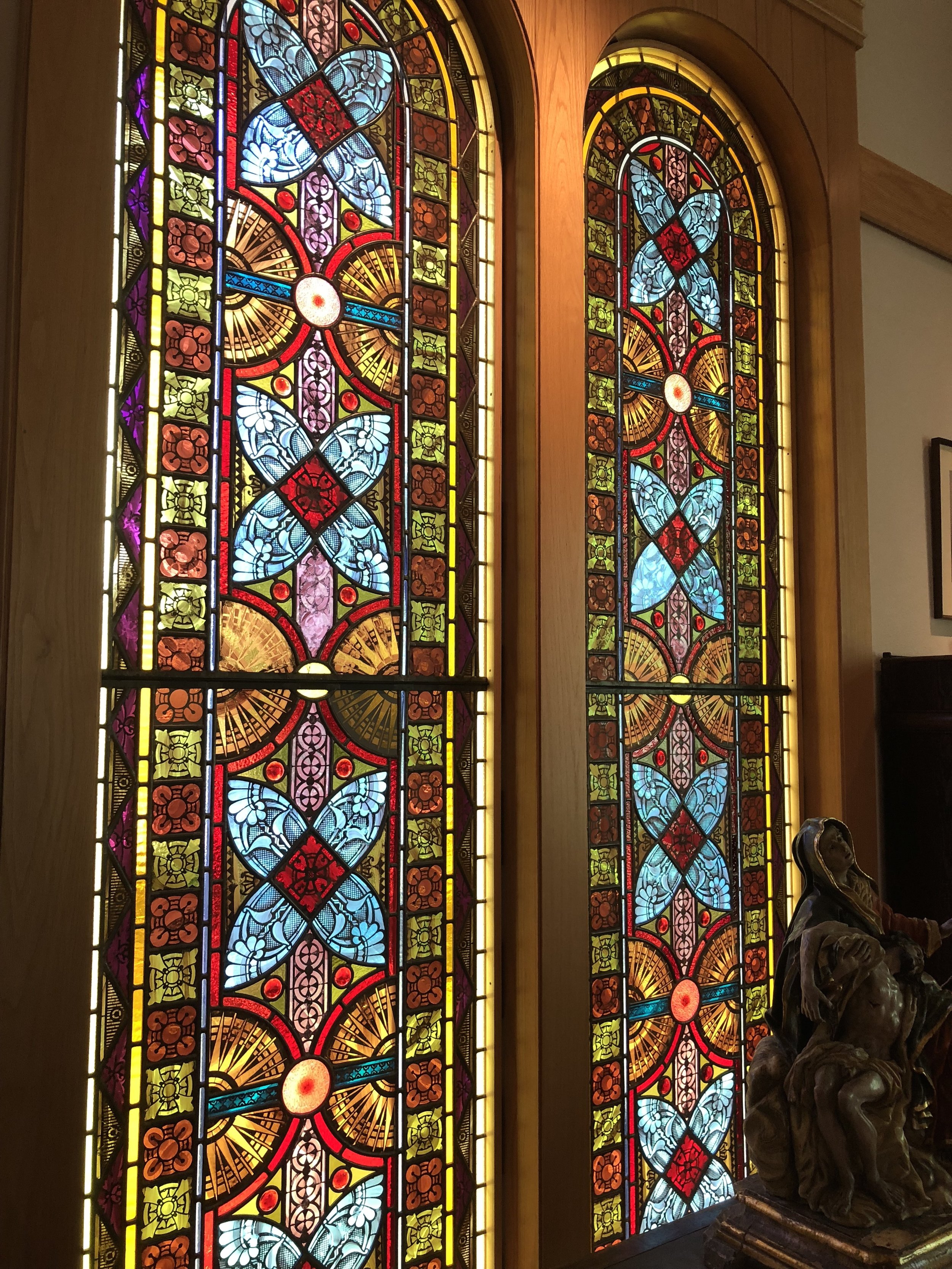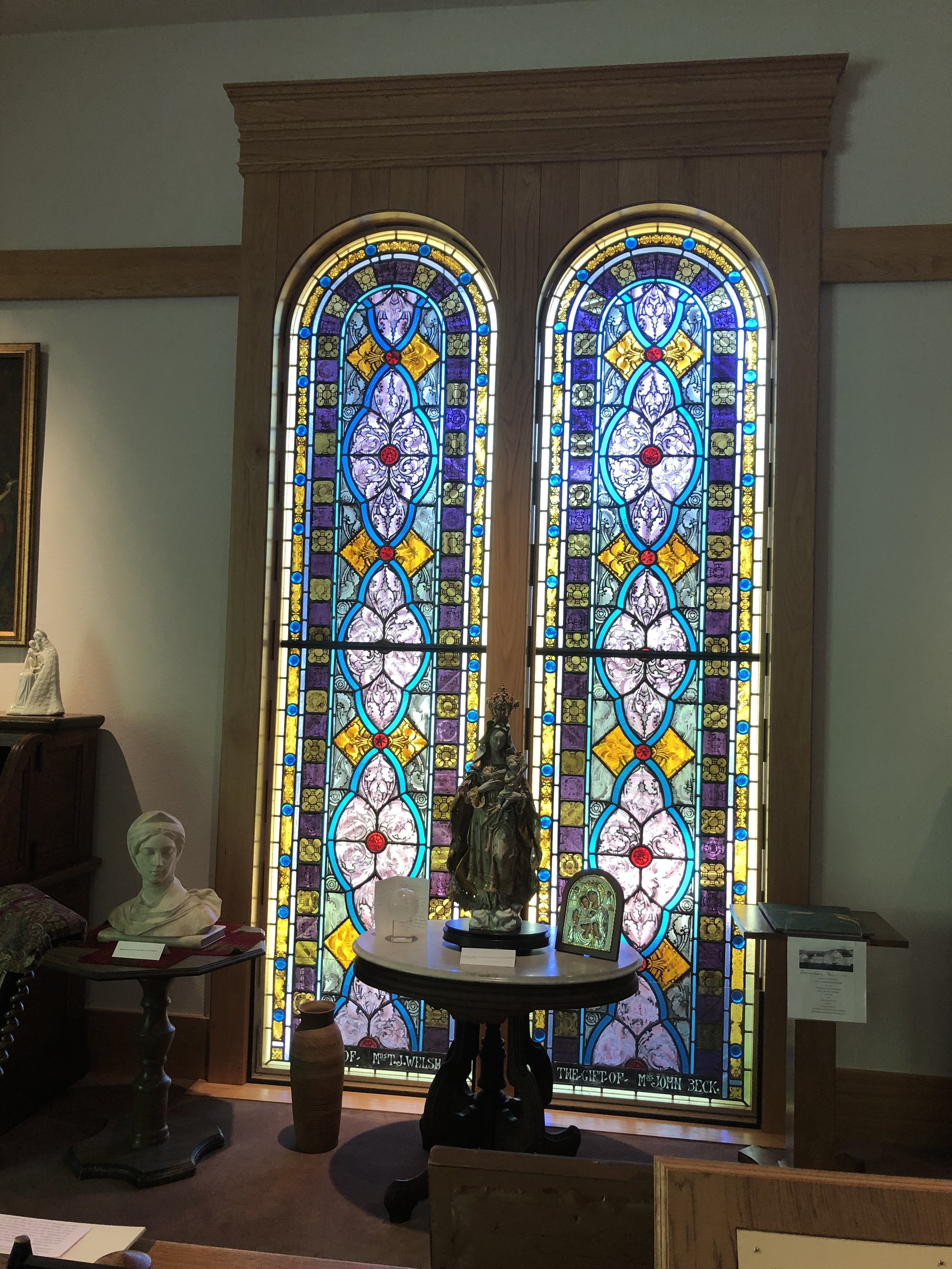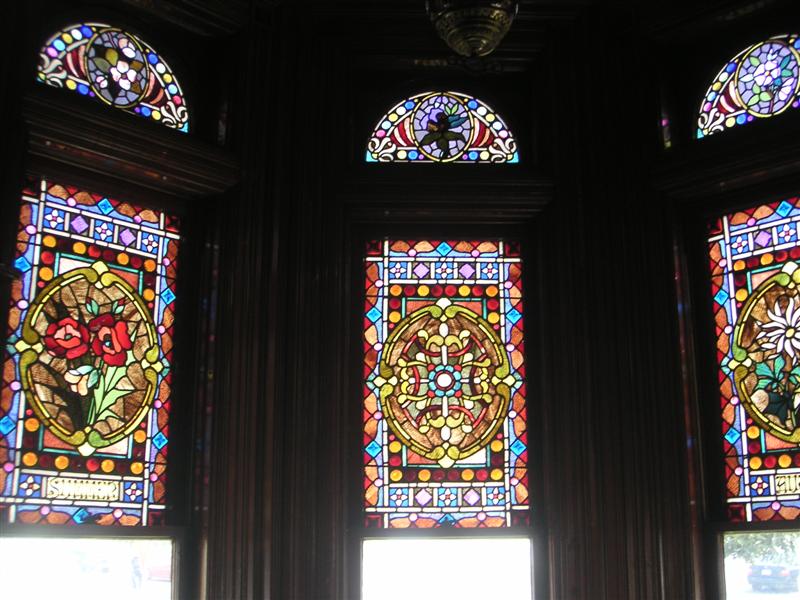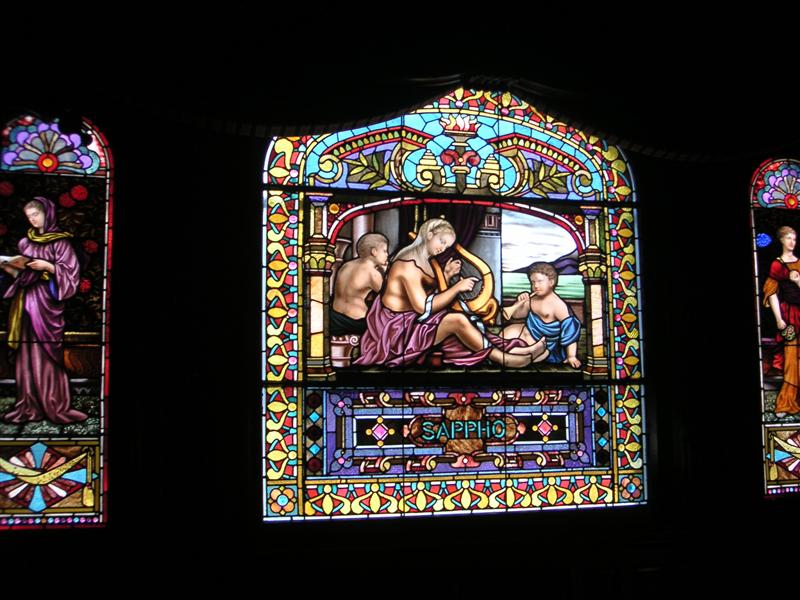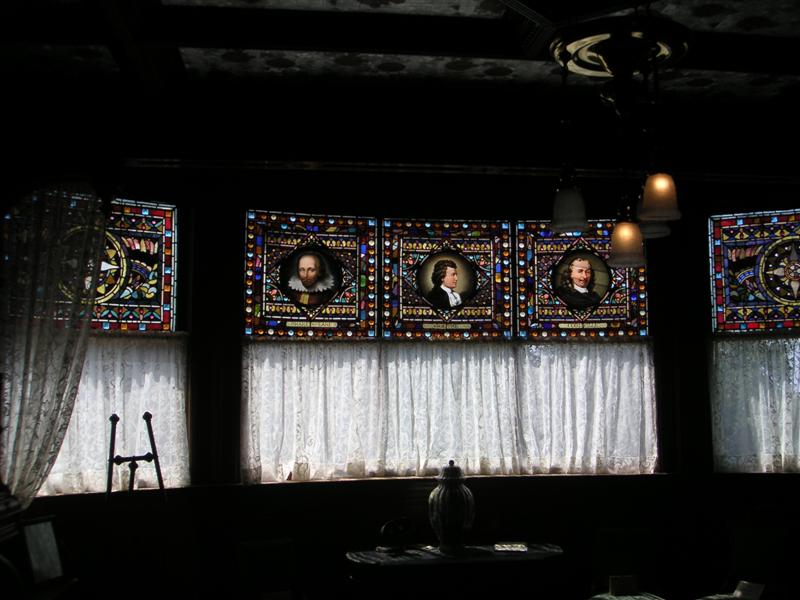We recently took a trip to Switzerland where, between chocolate and cheese, we managed to squeeze in a visit to Fraumünster Church in Zurich’s Old Town. Our reason for the visit was to see first-hand the beautiful stained glass windows by Marc Chagall.
The green spire belongs to Fraumünster Church. You can see the Chagall windows to the left of the spire, like three fingers. Lucas Glass Design + Restoration
Built on the remains of a 9th century abbey, Fraumünster means Women’s Minister. It’s location came to be when two princess sisters witnessed a white stag with burning antlers. When their father, the king, refused to believe them, a piece rope fell from the sky in precisely the location of the future abbey. The green-spired church was augmented over the centuries, including the addition of five windows and a rosette by Marc Chagall.(1)
The church is open to visitors for a small fee that can be applied toward entry to Zurich’s Kunsthaus. Unfortunately, at the time of our trip, visitors were not allowed to take pictures inside the church.
The overcast skies created a light box effect for the windows which meant there were no shadows or hot spots, allowing the full impact of Chagall’s brilliance.
Three of five Chagall windows depicting Biblical interpretations at Fraumünster Church in Zurich, Switzerland; Courtesy: flickr/@jay8085
We previously reflected on Chagall’s windows in other installations and this one at Fraumünster Church does not disappoint. Chagall is most renowned for painting and illustration but he also delved into the medium of stained glass, and in fact utilized a very detailed process for achieving his particular glass aesthetic. Chagall created works in glass for both Jewish and Christian institutions evoking his mystical and evocative imagery in this historic medium.
The experience of seeing the glass in real life was, as you can imagine, much different than seeing it in a picture. However seeing his work in any way possible is the name of the game, even if it’s just on a screen.
The five windows convey the following stories(2):
The Prophet’s Window, with Elijah carried away to heaven
The Law Window in which Moses holds the commandments while overseeing disobedience among his people
The Jacob Window, with Jacob dreaming of the ladder
The Zion Window, depicting King David and the descent of Jerusalem from heaven to earth
The Christ Window, illustrating the life of Jesus
Prior to Chagall undertaking the project, restoration of the church chancel had already begun along with the idea to install colored glass in the five windows.(2) Yet the congregation was unable to find a suitable artist. Soon thereafter in 1967 the nearby Kunsthaus featured an exhibition of Chagall’s work. Was it serendipity? Enough congregants had personally witnessed other Chagall stained glass devotionals to see the possibility. Once the artist himself experienced the church interior he was sold.
As with previous projects, Chagall partnered with Charles Marq to execute the process of coloring, firing, assembling, painting, re-firing, caning, and installing the glass artwork. Labor intensive to say the least, Chagall was 83 years old when he undertook the endeavor. And as with the artist, the process produced a depth like no other.
Reference:
“Chagall’s Windows in the Fraumünster” by Irmgard Vogelsanger-de Roche
© 2019 Lucas Stained Glass Design + Restoration
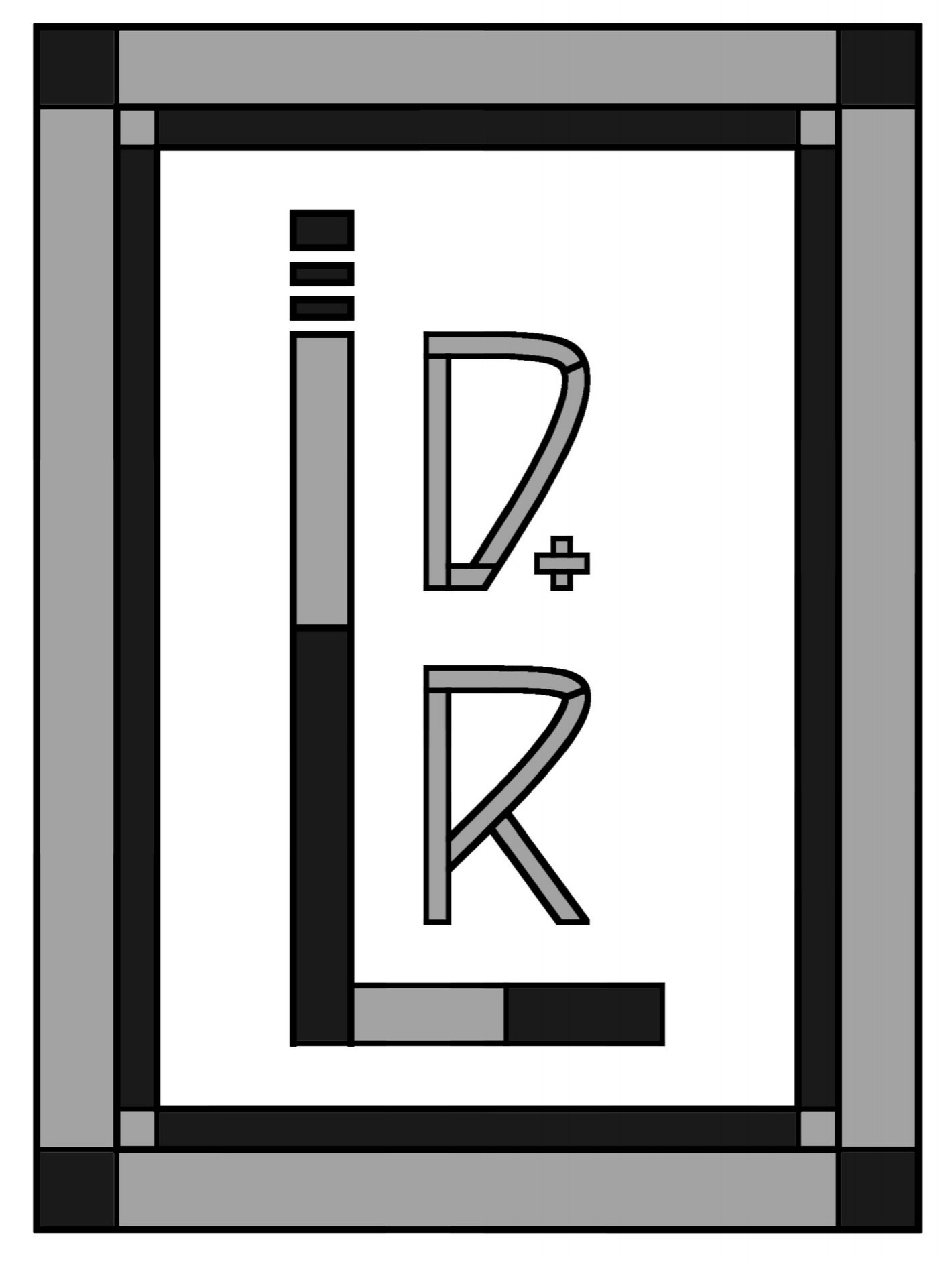




![The motherhouse stood for just over 100 years before it was heavily damaged by fire.Title: Dominican Convent, San Rafael, California, circa 1908 [postcard]Date: circa 1908Collection: General CollectionOwning Institution: Marin County Free LibrarySou…](https://images.squarespace-cdn.com/content/v1/5955c00c2cba5e1a1df2b943/1532816231158-2E6SDDKTMETFGRBP3ZVC/general_11_large.jpg)
